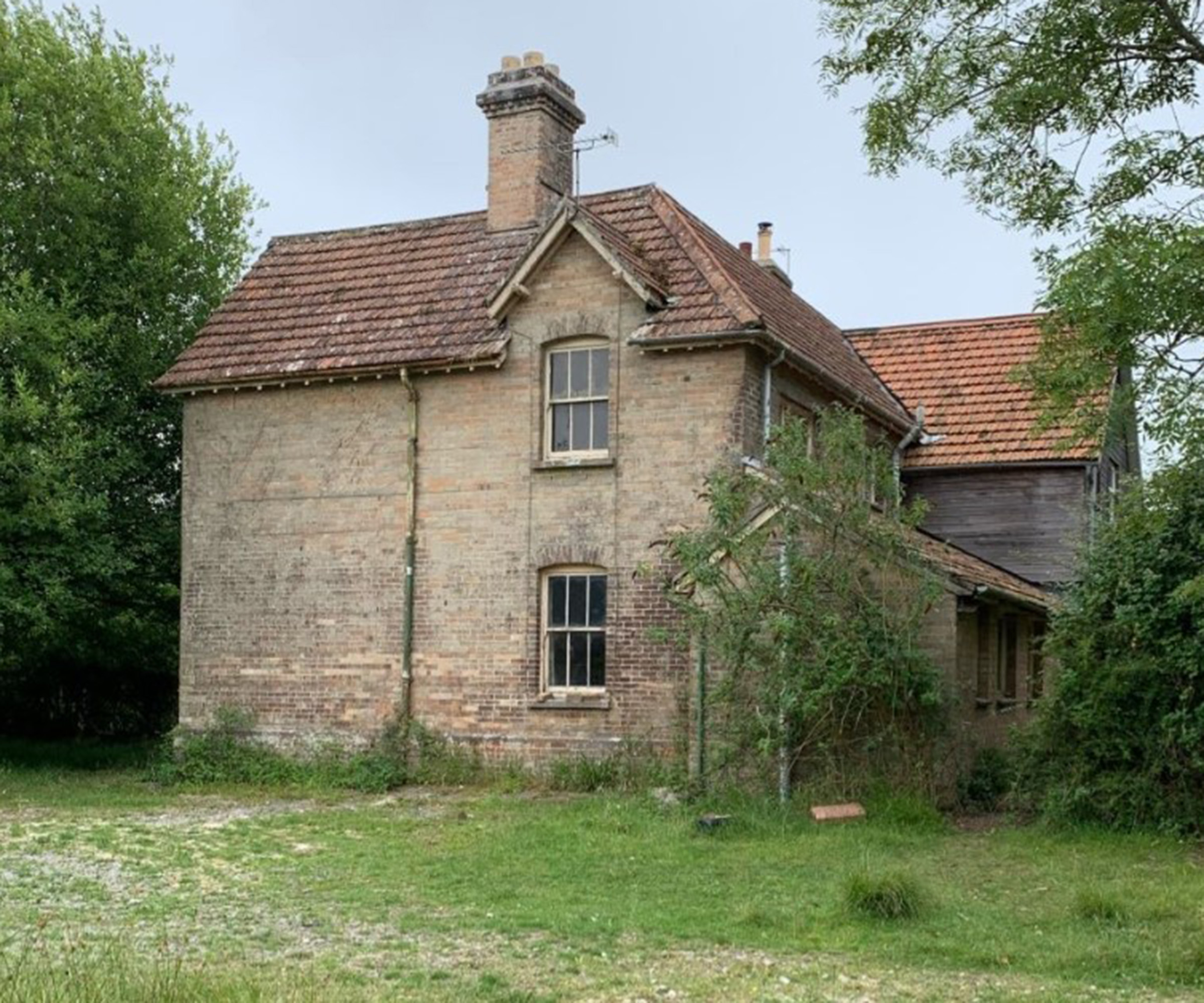A growing number of properties in the UK are sitting empty, a stark contradiction to the nation’s severe housing crisis.
According to the latest government figures, Council Taxbase, which is used for tracking vacant properties, there are over 700,000 empty homes in England. Of those, 264,884 are classed as “long-term empty,” meaning they have been vacant for six months or more.
In this article, we’ll explore why there are so many empty homes, why these homes are not being bought and what is being done to solve it.
The legal and personal factor
One of the most common reasons a home becomes empty is the death of its owner.
The property can remain vacant for months or even years while the legal paperwork is sorted out. A report from the Scottish Empty Homes Partnership has highlighted that “the death of the previous owner” is a common reason for a house to become empty.
Legal delays and a lack of action by relatives can also keep a property empty for years.
The financial and investment factor
Sometimes, homes are left empty on purpose by investors. The campaign manager for Action on Empty Homes, Chris Bailey, has said it is “a disgrace that we’ve seen the numbers keep climbing in lockstep with rising homelessness and housing shortages.”
He points out that some landlords buy empty properties at auctions and then do little with them, waiting for the value to increase.
Adam Cliff of the Empty Homes Network agrees, saying that a lot of people see a property as an investment, like a “pension.”
Second homes and under-used housing stock
While not all of them are considered “empty,” second homes and holiday rentals also reduce the number of available houses for people who live and work in an area.
Matt Downie, the chief executive of the charity Crisis, says that while repurposing empty homes is a good step, it’s “not a silver bullet.”
He believes the government also needs to build more homes and invest more in housing benefits to truly solve the problem.
Government policy and local council powers
The government and local councils have been given powers to help bring empty homes back into use, but they face challenges.
Since 2024, councils can charge an extra Council Tax premium on properties that have been empty for just one year, which can go as high as 300% after ten years. However, this money is not ring-fenced, meaning councils don’t have to spend it on empty homes.
The Empty Dwelling Management Orders (EDMOs) are another power that allows councils to take over a property that has been empty for two years or more and is causing a nuisance, but they are rarely used due to the lengthy and complex legal process.
As the Local Government Association’s Housing spokesperson, Cllr Darren Rodwell, put it: “At a time when we face a chronic housing shortage across the country it is wrong for so many homes to be left empty. Councils work hard to address the issue, but the existing measures are clearly falling short.”
Ultimately, the sheer number of vacant properties in the UK points to a national problem that goes beyond a single cause. It will require a combination of new policies, greater investment, and a shift in how we view property, not just as an asset, but as a home.
View the original article and our Inspiration here


Leave a Reply